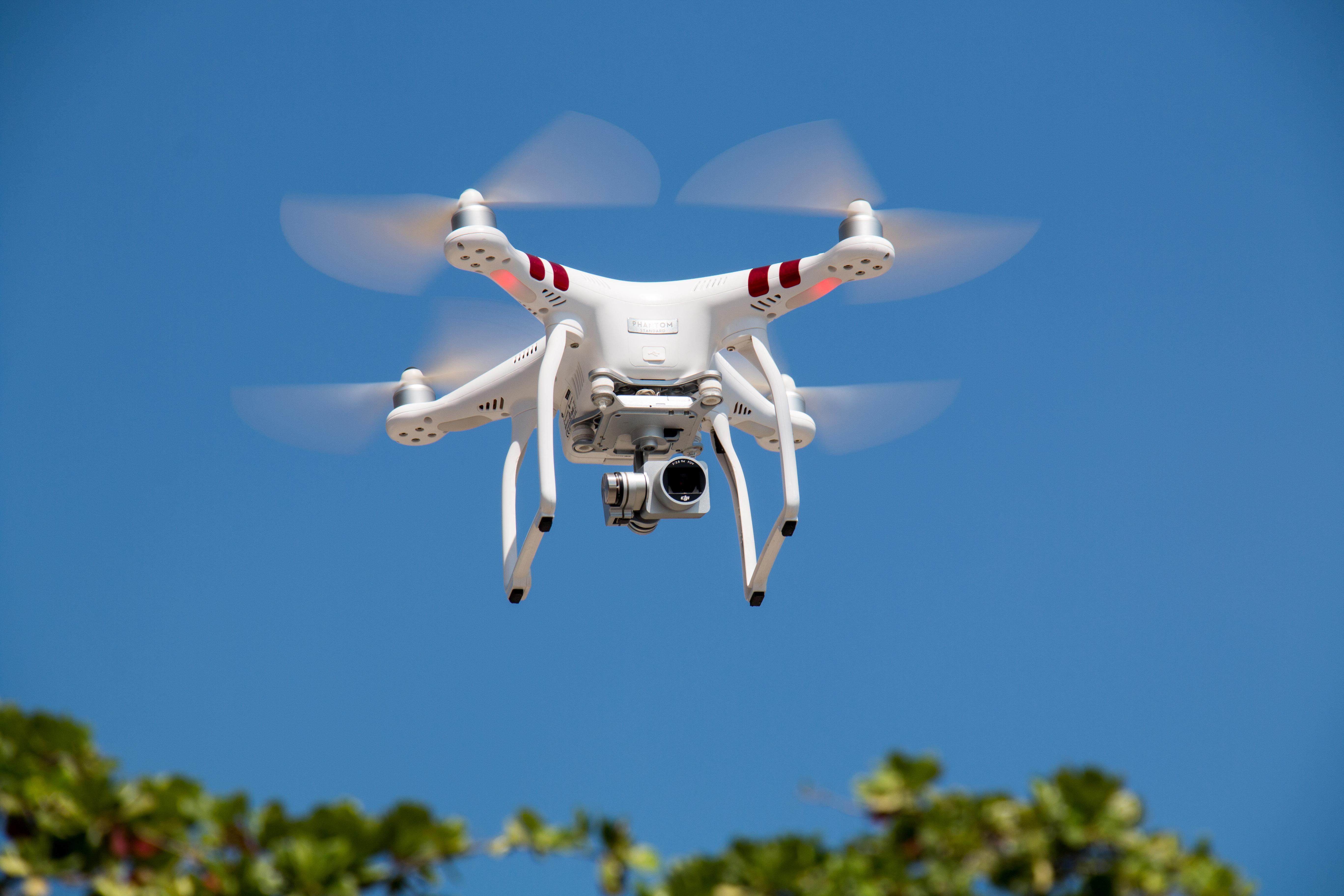What is the first thing that comes to your mind when you hear the word “drone”? I’m willing to bet it’s not “estimating.”
Drones can be extremely helpful when estimating. A drone in the sky essentially gives you a top to bottom view of the entire job site. It is the perfect way to survey all aspects of the land, which can speed up the estimating process as you will know where to concentrate your time.
Contractor Talk did a write up on job site drones emphasizing their importance, cool factor and overall ability to generate valuable information.
The term “drones” means an unmanned flying vehicle which can fly, controlled by the pilot from the ground within the line of sight. An unmanned aerial vehicle (UAV), commonly known as a drone, is an aircraft without a human pilot aboard. UAVs are a component of an unmanned aircraft system (UAS); which include a UAV, a ground-based controller, and a system of communications between the two. Most likely you are aware of drones or UASs for recreational use and flying for fun.
Drones or UAVs can be used for estimating and construction monitoring. During preconstruction or bidding a “birds-eye” view of the site gives a different perspective. One can see conditions which you would not be able to see from just walking the site and you can see the current conditions of a site, which is done in real time.
In addition to preconstruction site visits drones can also be used for monitoring a projects progress, post construction monitoring, litigation support, managing client expectations, marketing, safety, lender and investor advertisements, etc.
More advantages of using drones are they can get into areas which are difficult and would pose a safety risk to an inspector. Using the video for litigation support and to document construction, progress and then comparing it to daily reports to con-firm accuracy. A major advantage for using drones is, it is much easier, less expensive and more flexible than hiring a helicopter, which was the common way to track a projects progress in the past.
Business and recreational use of drones is growing fast. Business Insider projects revenues from drone sales to top $12 billion in 2021, up from just over $8 billion last year.
Drones have to be registered with the FAA. A drone pilot must be 16 years or older, pass the FAA exam and undergo a TSA background check.
Drone Degree Programs are also being developed for drone pilots.
Murow Development Consultants’ Aerial Drone Documentation services are on the cutting-edge of technology, offering our clients a unique opportunity to monitor and summarize their projects in an advanced, polished way. Learn more
Presented by Bryon Barker: Manager of Budgets and Cost Estimates, for Murow Development Consultants


